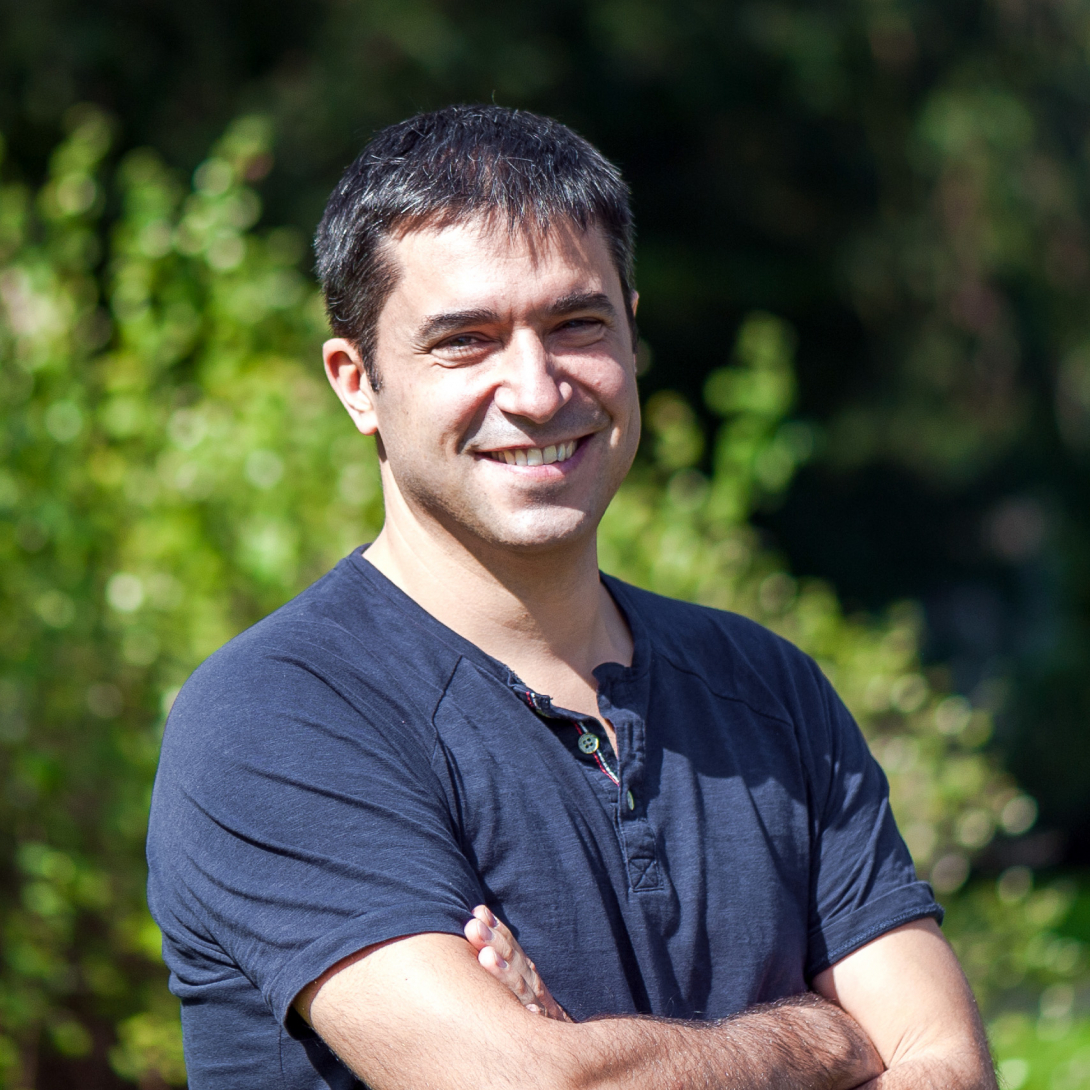Aurélien Roux
Aurélien Roux studied biology at the Ecole Normale Supérieure de Lyon, France (1997-1999), with a minor in Physics. He did a Master of Physics, University Denis Diderot, Paris (1999-2000). As a Ph.D student with Patricia Bassereau and Bruno Goud (Curie Institute, Paris, 2000-2004), he studied how lipids can be sorted by membrane curvature. He then did his post-doctoral work with Pietro de Camilli (2004-2007, Yale, USA), reconstituting in vitro dynamin mediated membrane fission, which he continued as a CNRS staff scientist (Institut Curie, Paris, 2007-2010). Appointed assistant professor of Biochemistry, Geneva (2010-2015), he expanded his work towards ESCRT-III, the most ancient and ubiquitous fission machinery in the cell. In 2016, he was tenured to associate professor at Unige, and then Full professor in 2020. During this period, he developed assays to reconstitute spontaneous morphogenesis of cellular assemblies in vitro.
Seminar topic: Asgard archaea reveals the conserved principles of ESCRT-III membrane remodelling
ESCRT-III proteins assemble into composite polymers that undergo stepwise changes in composition and structure to deform membranes across the tree of life. Here, using a phylogenetic analysis we demonstrate that the two ESCRT-III proteins present in our closest archaeal relatives, Asgard, are evolutionarily related to B-type and A-type eukaryotic paralogues that initiate and execute membrane remodelling, respectively. We show how Asgard ESCRT-IIIB can assemble into parallel arrays on planar membranes to initiate membrane deformation and is required to recruit ESCRT-IIIA to generate composite polymers. Finally, Asgard ESCRT-IIIA is able to remodel membranes into tubes, as a likely prelude to scission. Taken together, our data reveal a set of conserved principles governing ESCRT-III-dependent membrane remodelling that first emerged in a two-component ESCRT-III system in archaea.
